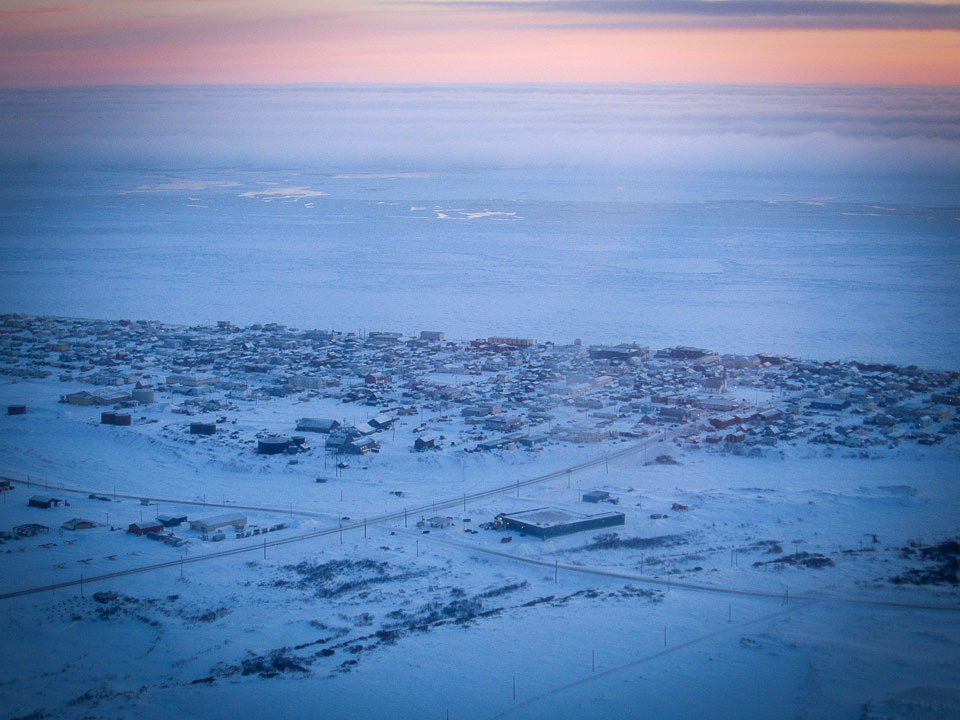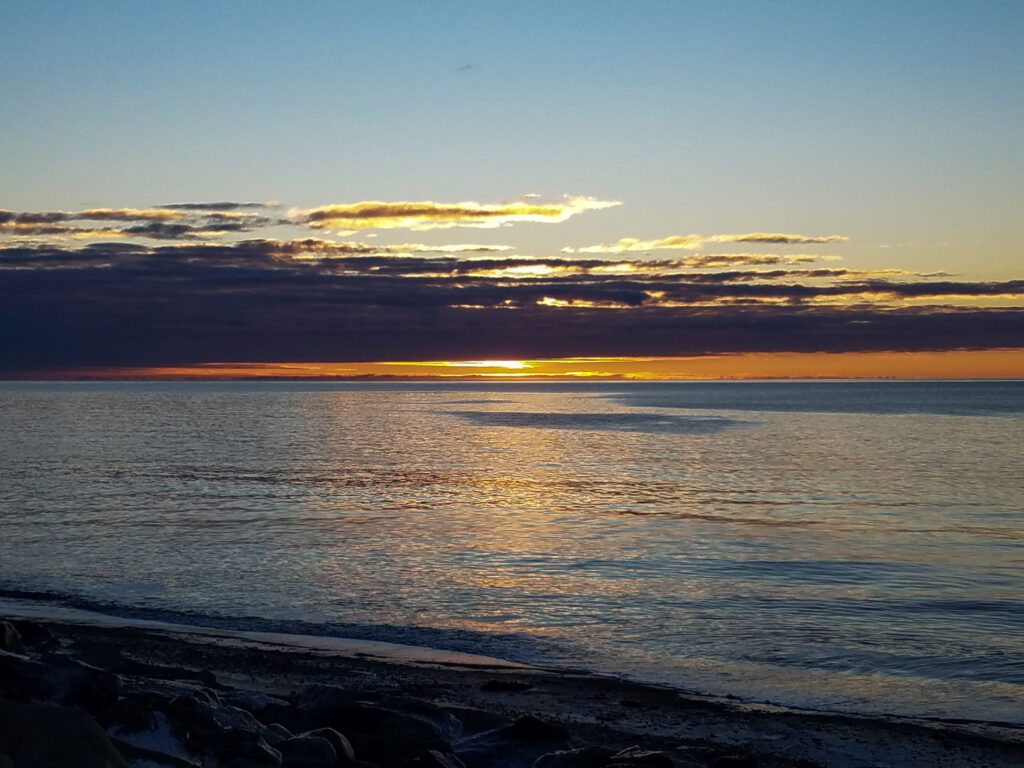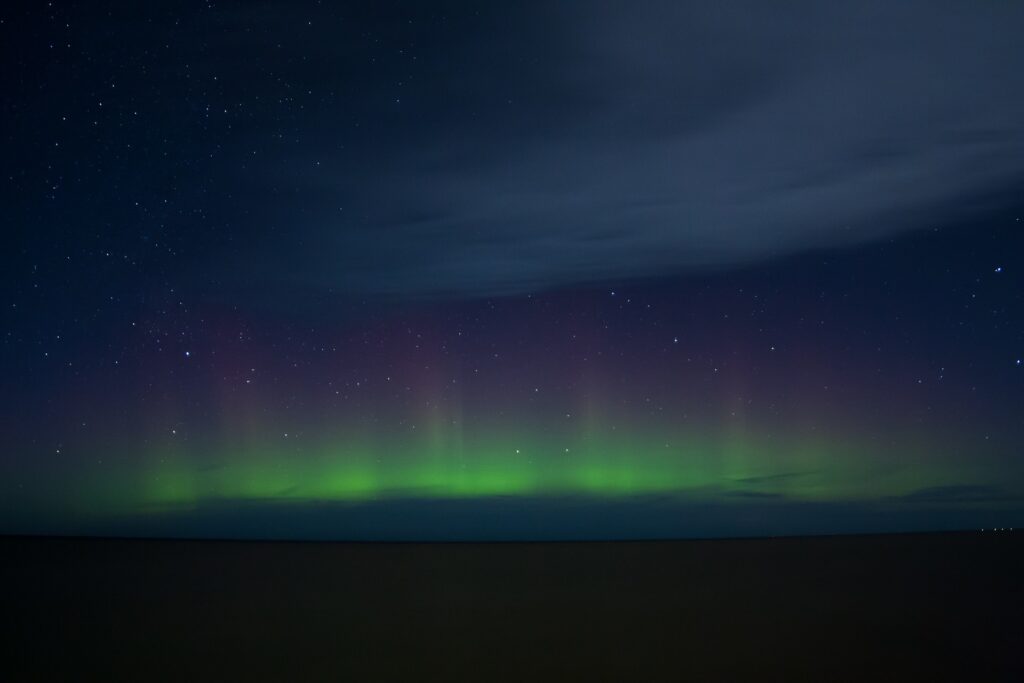Last week I reactivated my Facebook account, and my two worlds collided.
I deleted my Facebook almost as soon as I got to Nome. I could not bear the prospect of having to do extra computer-oriented tasks in a place where there is so much to do outside, and, to be honest, didn’t really want to see what I was missing out on back in the Lower 48. Last week, though, I reactivated my account after I realized that 1. I would never be able to find a roommate next year if I didn’t have a well-rounded online presence and 2. I wanted to keep in touch with people that I’ve met in Nome, and Facebook is a super efficient way to stay connected (obviously).
Over the past week I’ve browsed through photos of weddings that I missed, friend-ed new friends, and checked out some essential fashion items that I’ll pre-order online and ship to my Chicago address. But I’ve also encountered some unexpected challenges: notably, how to maneuver the cultural differences regarding hunting and processing marine mammals. One of the first things I did to establish my return to Facebook was post a picture of a pair of polar bear skin boots that I saw in the Gambell school. After living in Alaska for nine months, I’d thought, “Wow, cool! Subsistence culture is alive and well, and those are beautifully made. They look pretty new, too!” when I’d seen them. The reactions that I got on Facebook were much different, though: most of the comments on the photo were along the lines of, “Are those real? Those had better not be real.” Upon reflection, I cannot believe that I did not anticipate those kinds of comments. I had become so engrossed in the language of the Marine Mammal Protection Act and the importance of maintaining subsistence cultural values that I had not even considered that some of my Facebook friends would have immediate, knee-jerk, and negative reactions.
The polar bear boots are actually a pretty tame example of some of the animal processing that happens in Nome; for example, last Thursday I came across a man processing his nephew’s first oogruk in a parking lot. The skin was stretched, hide-down, across a picnic table, and he’d placed the head and flippers in a bucket next to his worksite. I stopped to chat with him and learned a lot about rendering seal oil. I also got some really good photos. But I will never, ever post those shots to my social media pages, for fear of becoming embroiled in an essentially unwinnable debate in my Facebook comments section. Those photographs are pretty graphic (a bloody seal head in a bucket is not something that one sees every day, particularly in the Midwest) and would have to be accompanied by an articulate, well-researched, cited, and somewhat lengthy essay on the importance and legality of subsistence practices. I would prefer not to use my Facebook page for such explanations.
Over the next two months, I will have to consider how to appropriately share my experience in Western Alaska with my friends, family, employers, and coworkers in the Lower 48. I will have to gather and develop succinct elevator pitches, short explanations, and illustrative examples, and be ready to defend those positions. Facebook is going to be a great tool to feel out which issues may not be completely palatable to Midwestern sensibility, and I’ll hopefully be prepared to address those concerns before I step off the plane in Chicago. I realize that I might be the only person who lived in bush Alaska that some people in the Lower 48 will ever meet, and I hope to represent this lifestyle and these values well.







